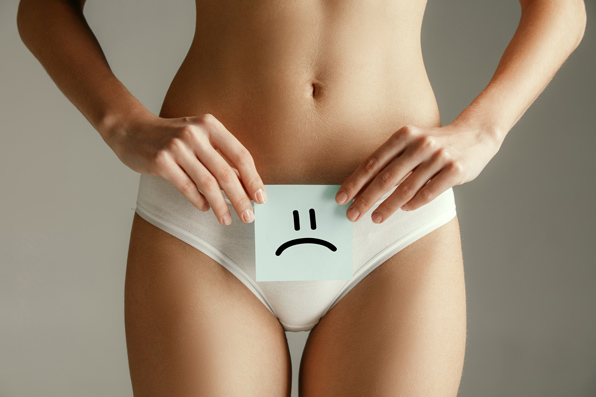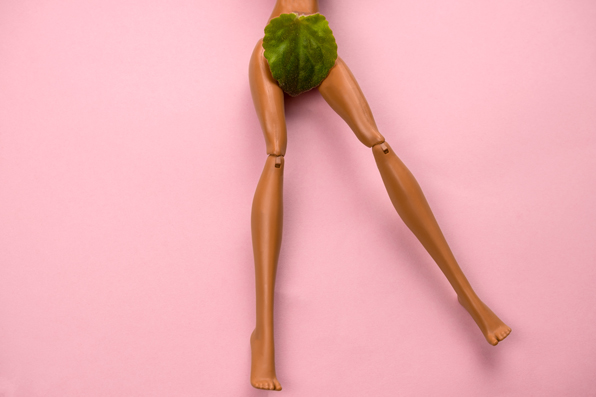“‘Does my vulva look normal?’ and ‘Do I need a labiaplasty’ are questions I get asked frequently. Many women are particularly concerned about the appearance of their labia minora. Patients have a labiaplasty for either medical or cosmetic reasons.” says Dr Alex Eskander, Consultant Gynaecologist at The Gynae Centre.
“The thing is, when it comes to the appearance of the vulva, what’s considered ‘normal’ is very broad. The vulva, which includes the labia minora, comes in a range of different colours, shapes and sizes.
“I have treated thousands of patients since I qualified in medicine in 1970 and can strongly attest to the fact that no two women have exactly the same colouring, shape or size of labia. They are as individual as faces. Some labia are short, some are longer – and there’s nothing wrong with any of either. Patients are also often are worried about their labia being different sizes, but almost no body part is entirely symmetrical. However your vulva and labia look, there’s no need to be embarrassed.”
The Great Wall of Vagina is a really great example of the range of variation between different women’s genitalia.
In most cases, uneven or larger labia are not an issue, however, for some women the excess tissue can lead to pain, chafing and inflammation when they are active or exercising, impacting normal daily activities and quality of life. Additionally, long labia can be the cause of pain during sex as they can get tucked into the vagina. We also see patients who find the appearance of their genitals is a source of emotional distress and anxiety, affecting their confidence and sex life.
“Labia are only considered excessively long when over 5-6cm in length. Enlarged labia can be caused by childbirth, pregnancy, hormonal changes and some sports.” explains Dr Eskander.
Do I Need A Labiaplasty Or Labia Reduction?
If your labia are bothering you on a daily basis, it may be time to talk to a gynaecologist.
Labiaplasty is a relatively quick procedure which involves either reducing or reshaping the labia minora. Labiaplasty is different to a vaginoplasty which involves tightening if the vagina.
There are two different methods used for labiaplasty surgery, though which is chosen will depend on the patient’s needs. The first method involves trimming the edge of the labia to shorten to the desired length; the second method involves removing a wedge shaped section from the upper or lower labia and stitching the edges together using dissolvable stitches.
This procedure is usually conducted under sedation and takes around an hour, sometimes more, depending on the individual case. Labiaplasty is performed as day surgery and patients can normally return home the same day.
Recovery is quick compared to some other surgeries, though it can be uncomfortable as the area is likely to remain swollen and bruised. Urinating will be uncomfortable but any postoperative discomfort can be easily managed with painkillers. Patients can usually return to work after two weeks, but it’s recommended to avoid sex for a few weeks, wear loose underwear, and use sanitary towels instead of tampons for around six weeks.
There are some minor risks associated with labiaplasty surgery. These include potential infection, bleeding, scarring and reduced sensitivity, although this is very rare. And, as with all surgery, it is possible to experience an allergic reaction to the anaesthetic or develop a blood clot.
Are you considering labiaplasty? Give us a call on 020 7580 8090 and we’d be happy to answer any questions or book you in for a consultation.






